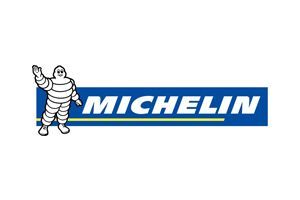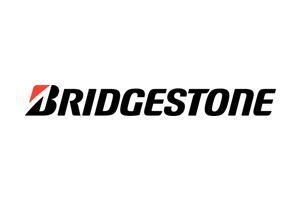FAQs
Express Tire & Auto Service
Have an auto repair-related question? Express Tire & Auto Service has the answer. Check out these FAQs and give us a call today for more information!
-
How Do I Get the Most out of My Tires and Keep My Tires in Working Order?
It's crucial to maintain the correct tire pressure to ensure your tires are functioning optimally. Driving on under-inflated tires can lead to uneven wear and even result in a blowout, while over-inflated tires might suffer damage more easily upon impact. For optimal tire longevity, handling, fuel efficiency, and safety, refer to your vehicle's owner's manual for the recommended tire pressure (measured in PSI).
-
What Is Tire Tread Depth?
The tread of a tire is responsible for providing grip on the road. Tires are equipped with built-in indicators, known as wear bars, to help you monitor tread wear. When these bars align level with the tire tread, it indicates the need for tire replacement. Driving on tires with worn-out treads can significantly reduce road grip, especially in challenging driving conditions.
-
When Do My Tires Need To Be Rotated?
Over time, tires wear unevenly due to varying load and road conditions. It's advised to rotate them every 5,000 to 8,000 miles to ensure even wear and extend the life of your tires. This practice not only extends the lifespan of your tires but also enhances traction and driving safety. For specific rotation patterns, consult your vehicle's owner's manual.
-
What Is Tire Balancing?
Tire balancing is essential for evenly distributing your vehicle's weight across all tires. This process should be conducted whenever new tires are installed. Properly balanced tires ensure a smoother drive, eliminating vibrations that can be felt from the wheels and contributing to the longevity of your tires.
-
What Is a Wheel Alignment?
Wheel alignment is the process of adjusting the angles of your vehicle's suspension system, ensuring that the wheels are properly oriented with each other and the road. This procedure is vital for achieving a smooth driving experience, minimizing tire wear, and improving fuel efficiency. It involves adjusting the vehicle's suspension components to align the wheels correctly, thus enhancing overall driving performance and comfort.
Business Hours
- Mon - Fri
- -
- Sat - Sun
- Closed







Share On: